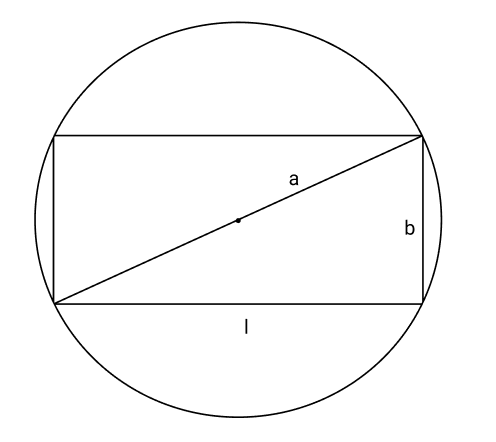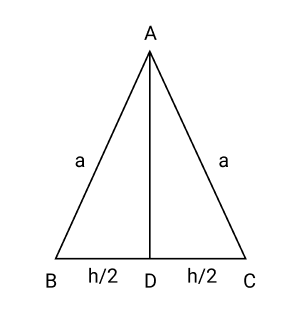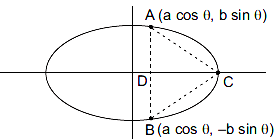NCERT Solutions for Application of Derivatives Class 12 Maths Chapter 6 - Free PDF Download



FAQs on NCERT Solutions for Class 12 Maths Chapter 6 Application of Derivatives
1. Give me an overview of the topics/ subtopics of Class 12 Maths Chapter 6?
There are a total of six topics/ sub-topics including a Miscellaneous Q&A at the end. Take a look at the list given below.
6.1 - Introduction
6.2 - Rate of Change of Quantities
6.3 - Increasing and Decreasing Functions
6.4 - Tangents and Normals
6.5 - Approximations
6.6 - Maxima and Minima
2. What will I learn from Chapter 6 of Class 12 Maths NCERT textbook?
In NCERT solutions for class 12 maths chapter 6, you will learn the application of derivatives, finding rate of change, show increasing/decreasing in whole domain, in intervals, find intervals of increasing/decreasing, Rolle’s theorem, Lagrange’s Mean Value theorem, finding the slope of a tangent/normal, the point when tangent is parallel/ perpendicular when point and curve are known when slope and curve are known, the approximate value of numbers, function, minimum and maximum values from the graph, local maxima and minima, absolute minima/maxima.
3. How many questions are there in each exercise of this chapter?
There are various types of questions in each exercise of this chapter. We have provided a list below containing the number and types of questions asked in the exercises of Chapter 6 of Class 12 Maths.
Exercise 6.1: 18 Questions (10 Long answer type, 6 Short answer type, 2 MCQ)
Exercise 6.2: 19 Questions(10 Long, 7 Short, 2 MCQ)
Exercise 6.3: 27 Questions (14 Long, 11 Short, 2 MCQ)
Exercise 6.4: 9 Questions (7 Short, 2 MCQ)
Exercise 6.5: 29 Questions (15 Long, 11 Short, 3 MCQ)
Miscellaneous Exercise: 24 Questions (14 Long, 4 Short, 6 MCQ)
4. What all things I will find in NCERT Solutions for Chapter 6 Application of Derivatives of Class 12 Maths?
The fundamental ideas and applications of derivatives in various fields are explained in NCERT Solutions for Chapter 6 Application of Derivatives of Class 12 Maths. Derivatives are widely used in engineering, science, economics, and social science, among other fields. When it comes to learning various parts of physics or engineering, even the tiniest blunder might lead to major mistakes. As a result, children must develop a solid foundation to apply their knowledge of variants and related ideas in real life.
5. How are derivatives helpful for students?
Finding the best answer to problems is one of the most important applications of derivatives. For example, finding the equations of tangent and normal to a curve at a point, or turning points on a function's graph, which will assist us to pinpoint points where the function's largest or smallest value (locally) occurs. Derivatives can also be used to calculate the growing or decreasing intervals of a function. Finally, determining the approximate value of specific quantities is beneficial.
6. What are all things students will cover in Chapter 6 Application of Derivatives of Class 12 Maths?
Students learn about derivatives of composite, implicit, logarithmic, inverse, trigonometric, and exponential functions in Chapter 6. The next step in this course is to discover how derivatives are used in various fields. This topic is very valuable for undertaking real-world analysis and graphical function interpretation. NCERT Solutions for Chapter 6 Application of Derivatives of Class 12 Maths are well-crafted guides capable of applying a thorough understanding of derivatives and their properties.
7. How many questions are there in Class 12 Maths NCERT Solutions Chapter 6 Application of Derivatives?
There are 131 questions in seven exercises in Chapter 6 Application of Derivatives of Class 12 Maths. A comprehensive understanding of each topic taught in this session is ensured by the extensive practice of all with the availability of various questions. These questions are organized in a precise way to assist students to comprehend the Application of Derivatives and build a strong conceptual foundation. On Vedantu’s official website and the Vedantu app, you will find all the solutions to the questions in Chapter 6 free of cost.
8. What are the important concept-based questions which are covered in NCERT Solutions for Chapter 6 Application of Derivatives of Class 12 Maths?
Finding turning points on the graph to determine the points where the maximum or minimum values of a function occur, finding the intervals where a function increases or decreases, approximations, and errors are some of the key concepts and formulas covered in Chapter 6 Application of Derivatives of Class 12 Maths. With the use of examples and visuals, these principles are thoroughly presented. Find all the questions and their solutions on Vedantu free of cost.
9. What are the important concept-based questions which are covered in NCERT Solutions for Chapter 6 Application of Derivatives of Class 12 Maths?
Finding turning points on the graph to determine the points where the maximum or minimum values of a function occur, finding the intervals where a function increases or decreases, approximations, and errors are some of the key concepts and formulas covered in Chapter 6 Application of Derivatives of Class 12 Maths. With the use of examples and visuals, these principles are thoroughly presented. Find all the questions and their solutions on Vedantu free of cost.













































